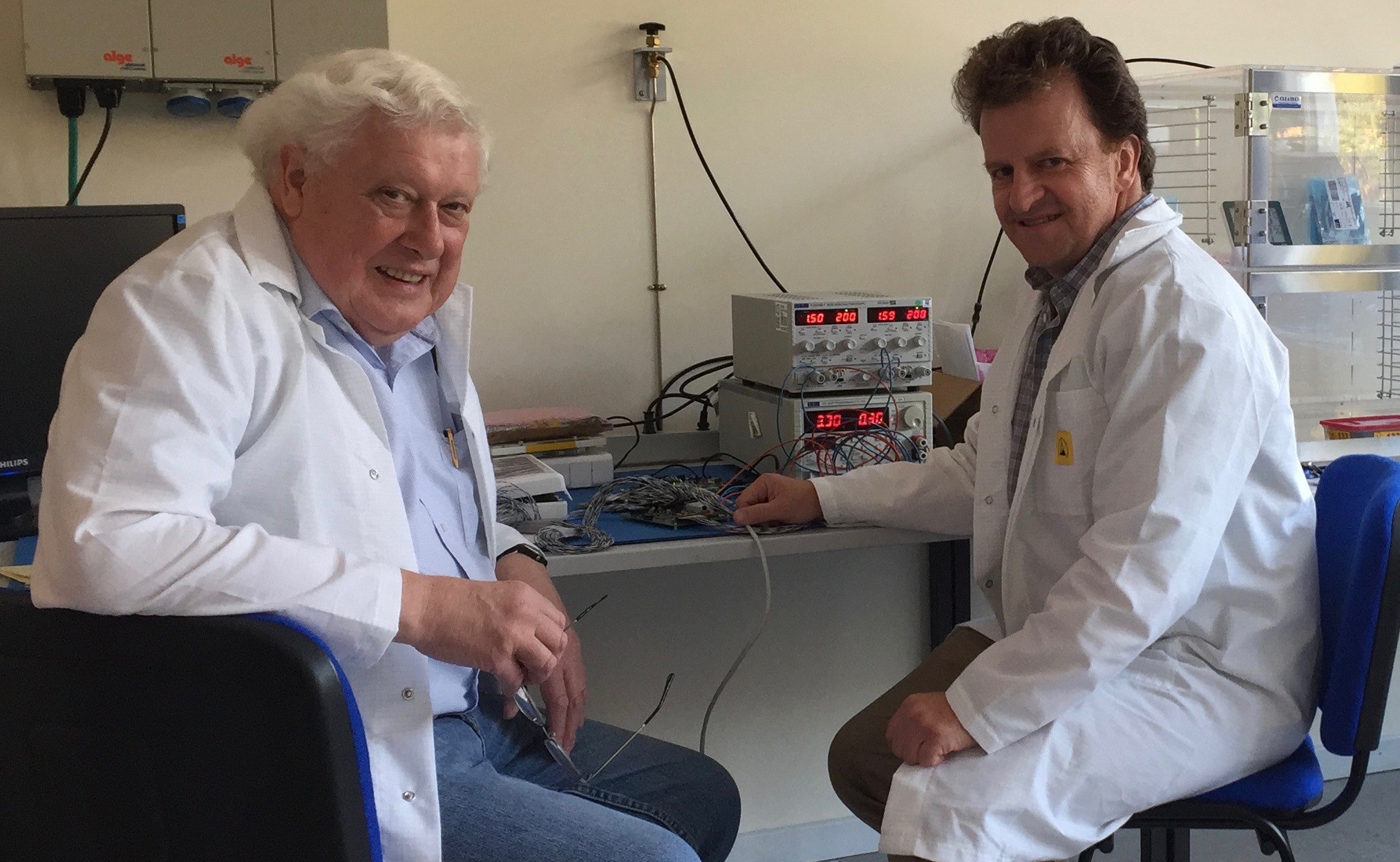The world’s largest, most powerful, and most famous particle accelerator is getting a new heart, thanks to a collaboration between Canadian academics and the Canadian arm of global manufacturer Celestica Inc.
The Large Hadron Collider (LHC), located at CERN (the European Organization for Nuclear Research) facility in Geneva, Switzerland, has achieved global acclaim for its role in confirming the existence of the Higgs Boson, considered one of the most important scientific breakthrough of this generation.
Gargantuan and extremely complex, the LHC has earned the title of “the cathedral of physics.” Pictures of the facility bear out this description, showing massive rooms full of brightly coloured metal surfaces linked by kilometres of pipes and wiring running into the distance.
This majestic technological tableau can fire up the imagination of even the most experienced observers, but it raises a couple of deceptively simple questions for researchers working there: who has the expertise to build this sophisticated infrastructure, and how well does it hold up under regular use?
University of Toronto physicists Richard Teuscher (a Research Scientist with the Institute of Particle Physics (IPP)) and Robert Orr, members of the U of T team that contributed to the Higgs discovery, are among the researchers who have spent years creating the answer to those questions. They are part of the large Canadian contingent dedicated to ATLAS (A Toroidal LHC ApparatuS), one of four major particle detector experiments at the LHC. In 2014 they found themselves tasked with planning an upgrade to this instrument’s heart: an array of thousands of sensors that collect detailed information about the high energy interactions that take place inside the device.
“This is the equivalent of a 100 megapixel camera that will take 40 million pictures a second,” explains Teuscher. “It has to survive in the intense radiation environment of the collider and last for about 10 or 15 years.”
This system, known as the inner tracker (ITk), is made up of silicon microstrip sensors that have an aluminized active layer with a 75-micron pitch spread out over an area of about 100 square centimetres. The challenge, says Teuscher, was figuring out how to adhere these chips on a printed circuit board and then attach the thousands of wire bonds that would serve as connectors.
It was not a challenge the researchers were able to tackle within the university, so they contacted CMC Microsystems. Having received a number of inquiries from researchers involved in particle detection and, in some cases, having directly assisted in projects developing custom instruments, CMC immediately saw an opportunity for both the academics and industry.
One of the requirements of Teuscher et al was a custom electronic subsystem, which CMC recognized as relevant to the interests of ReMAP (Refined Manufacturing Acceleration Process), a Business-Led Network of Centres of Excellence. ReMAP encourages academic-industry collaborations to accelerate commercialization of electronics innovations. CMC, a participant in ReMAP, had unique insight into who could best help the researchers and introduced Teuscher and Orr to a key ReMAP participant, Celestica, a global provider of innovative supply chain solutions that was more than up to the task.
Teuscher credits CMC with providing him and his colleagues with immediate credibility, so much so that on his first visit to Celestica to make an introductory presentation, a team of Celestica’s engineers attended the kick off meeting. “To get to see everyone on the very first try — I didn’t expect that,” he recalls.
That meeting took place in early 2015 and by mid-year the collaboration was flourishing. Celestica has its own set of ISO class 6 “clean rooms” that are essential to the assembly of sophisticated microcircuitry.
The finished ITk will consist of concentric cylinders and discs of some 20,000 microstrip arrays that, if spread out, would cover a surface of two hundred square metres. The detector’s target failure rate is less than 0.01% under radiation conditions more intense than even that faced by electronics going into outer space. This demand especially complicated the selection of adhesives for attaching Application-Specific Integrated Circuits (ASICs) onto the hybrid microstrip detectors that will ultimately convert the thousands of particles from each high-energy proton-proton collision from the LHC to coherent readings recorded by ATLAS. No less challenging is the wire bonding that joins these packages to one another, which must be accurate within 10 microns (a hundredth of a milimetre); otherwise those readings will be off.
Celestica was able to meet all of these exacting standards and announce the completion of a prototype microstrip by the end of last year, setting the stage for regular production in time to start installing them in ATLAS around 2022.
“We have found the company that can do it, with the right sort of know-how and the right sort of R&D culture,” the researchers say.
Teuscher, for his part, remains grateful to CMC for helping the ATLAS Toronto team achieve a technological footing that ranks with the best laboratories in the world.
October 2016

